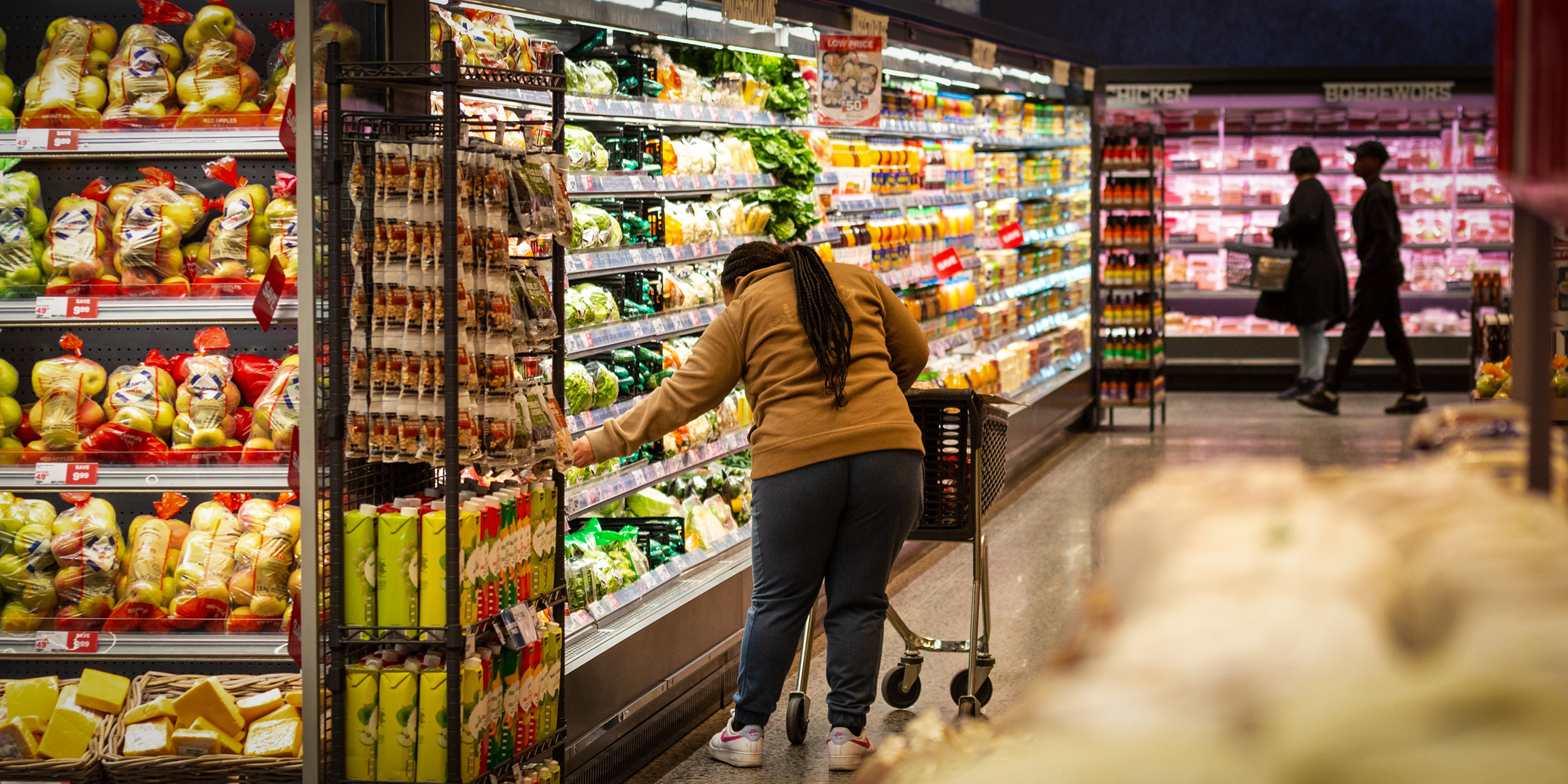South African consumer inflation slowed to 2.8% year on year in October from 3.8% in September, Stats SA said on Wednesday, with fuel and transport prices leading the way.
This was the lowest read since 2.2% in June of 2020, when demand pressures in the economy were throttled by lockdowns to contain the Covid-19 pandemic. But economists say this could be the bottom and inflation could accelerate modestly again.
May to October saw monthly drops in the retail petrol price, while international food prices moderated and the rand gained in the wake of the formation of the Government of National Unity (GNU), Investec chief economist Annabel Bishop noted in a comment on the data.
 (Source: Statistics SA)
(Source: Statistics SA)
“November ... has seen an interruption to the trend, with a 25c/litre petrol price rise, while international agricultural food prices have lifted by 2.33% month-to-month to date, and the rand has been materially weaker so far this month on average,” Bishop said.
“Consequently, there will be some upwards pressure on both November and December’s CPI inflation outcomes, ending the disinflationary (falling inflation) cycle this year.”
The data comes the day before the SA Reserve Bank wraps up its Monetary Policy Committee (MPC) meeting and it is widely expected to follow its 25-basis point rate cut in September with another of the same size.
The Reserve Bank does not forge policy from one data set, but will take the October print as confirmation that its policy stance has been delivering the goods. At 2.8%, annual inflation is now below the Reserve Bank’s 3%-6% target range against the backdrop of talk to reduce it to 3.0%.
Relief from the cost-of-living crisis
Bright spots in the trajectory include food inflation, which braked to 2.8%, its lowest since May 2019. Food inflation extracts its biggest toll on the poor and working class and this is a clear signal that at least for now, the cost-of-living crisis is ebbing.
“The slowdown was largely driven by base effects ... For example, this time last year, grain prices faced upward pressure following India’s rice export ban, while an avian influenza outbreak constrained egg supplies,” said Wandile Sihlobo, chief economist at the Agricultural Business Chamber.
“While having eased notably in October 2024, grain-related products remain the upside risk to consumer inflation following a poor crop harvest due to the drought.”
There are plenty of other risks to the inflation outlook looming on the horizon, and the MPC statement will no doubt flag at least some of them on Thursday.
These include mounting concerns that US president-elect Donald Trump’s second term in office will be marked by tariffs and inflation. This would slow the expected pace of rate cuts in the world’s largest economy and in turn support the dollar, which would pressure the rand and slow the Reserve Bank’s trimming cycle next year. DM





